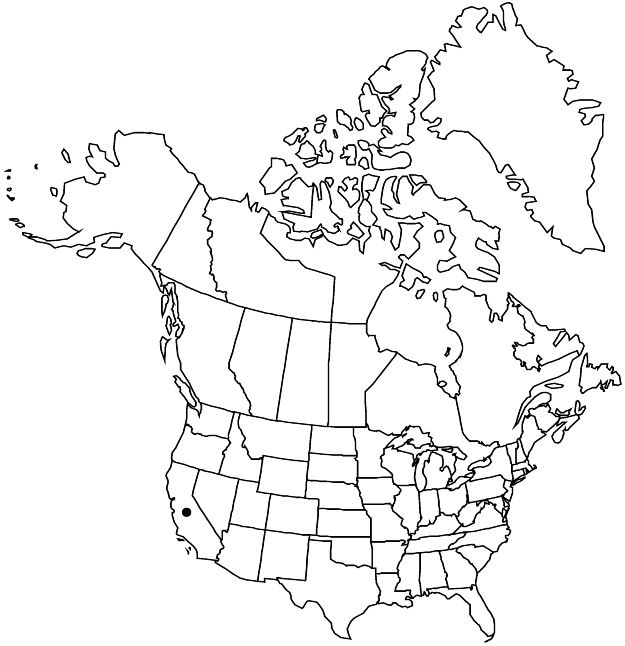Difference between revisions of "Viola pinetorum"
Pittonia 2: 14. 1889.
FNA>Volume Importer |
FNA>Volume Importer |
||
| Line 60: | Line 60: | ||
|publication year=1889 | |publication year=1889 | ||
|special status= | |special status= | ||
| − | |source xml=https://jpend@bitbucket.org/aafc-mbb/fna-data-curation.git/src/ | + | |source xml=https://jpend@bitbucket.org/aafc-mbb/fna-data-curation.git/src/f6b125a955440c0872999024f038d74684f65921/coarse_grained_fna_xml/V6/V6_252.xml |
|genus=Viola | |genus=Viola | ||
|species=Viola pinetorum | |species=Viola pinetorum | ||
Revision as of 21:14, 24 September 2019
Plants perennial, caulescent, not stoloniferous, 3–18 cm, cespitose or not. Stems 1–3, prostrate or erect, leafy proximally and distally, puberulent or canescent to gray-tomentose, sometimes glabrous, on caudex from subligneous rhizome. Leaves basal and cauline; basal: 1–4; stipules adnate to petiole forming 2 linear-lanceolate wings, margins entire or laciniate, apex of each wing free, tips usually filamentous; petiole 2.3–9.5 cm, puberulent or canescent; blade purple-tinted abaxially or not, usually linear to narrowly lanceolate, oblanceolate or obovate, or lanceolate-elliptic, rarely ovate, 1.3–5 × 0.3–2.5 cm, base attenuate, margins usually lacerate, dentate, or serrate, sometimes entire, usually undulate, ciliate, apex acute, mucronulate, surfaces puberulent to canescent or gray-tomentose; cauline similar to basal except: stipules lanceolate, oblanceolate, or linear-oblong, margins entire or lacerate, apex acute to acuminate; petiole 0.9–8.3 cm; blade 2.8–9.6 × 0.3–1.4 cm, length 4–11 times width. Peduncles 2.9–11.5 cm, puberulent or canescent. Flowers: sepals lanceolate, margins ciliate, auricles 0.5–1 mm; petals deep lemon-yellow adaxially, upper 2 red- to purple-brown abaxially, lower 3 dark brown-veined, lateral 2 bearded, lowest 5–12 mm, spur color same as petals, gibbous, 1.5–3 mm; style head bearded; cleistogamous flowers axillary. Capsules ovoid, 3.5–7 mm, puberulent. Seeds medium to dark brown, 2–3.5 mm. 2n = 12.
Discussion
Flowers of Viola pinetorum have been observed to close up in late afternoon then fully reopen the following morning.
Although E. O. Wooton and P. C. Standley (1915) reported Viola pinetorum from New Mexico, the plant was probably V. nuttallii. K. W. Allred (2008) noted that V. pinetorum occurs in California; he did not recognize it in New Mexico.
Varieties 2 (2 in the flora).
Selected References
None.
Key
| 1 | Plants 6.5–18 cm, not cespitose; basal leaf blades 0.7–2.5 cm wide, surfaces puberulent; peduncles 3.4–11.5 cm. | Viola pinetorum var. pinetorum |
| 1 | Plants 3–7(–9) cm, usually cespitose; basal leaf blades 0.3–1 cm wide, surfaces canescent, sometimes appearing gray-tomentose; peduncles 2.9–6(–7) cm. | Viola pinetorum var. grisea |
